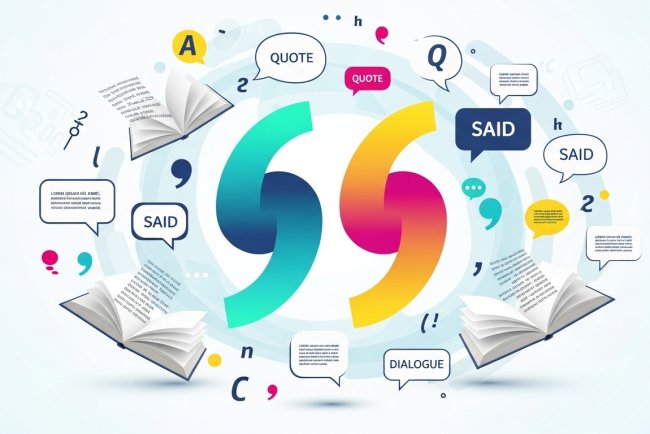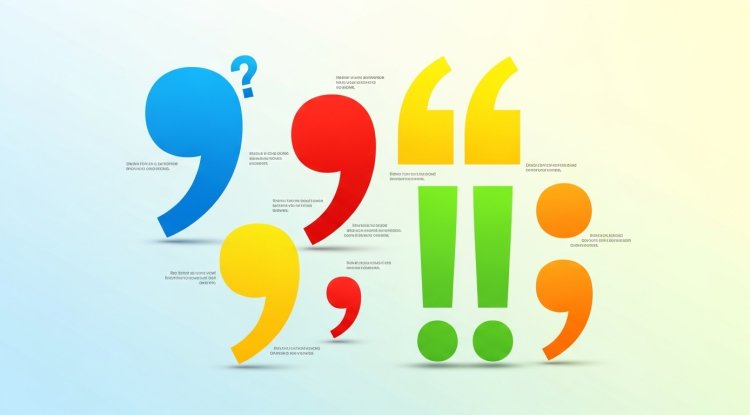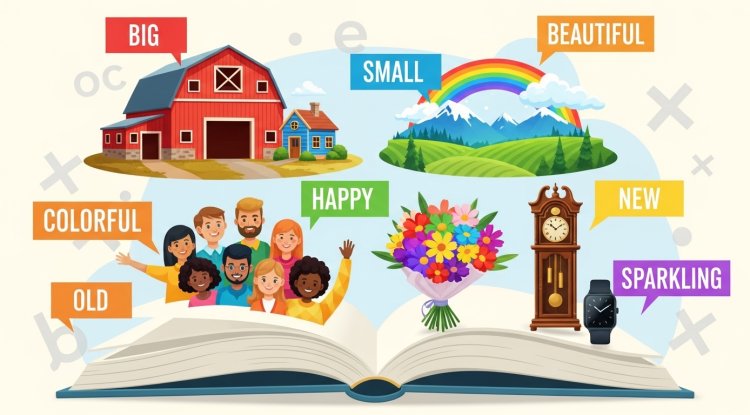Mastering the Comma: A Complete Guide to Using Commas Effectively
Learn the correct use of commas with this complete guide. Understand definitions, rules, examples, and common mistakes. Perfect your writing with clear explanations.

The comma is one of the most frequently used punctuation marks in English writing. Despite its simple appearance, it carries a lot of weight in shaping meaning, clarity, and flow. A misplaced comma can completely change the meaning of a sentence, while a missing one can leave readers confused. In this guide, we’ll break down the proper use of commas with clear explanations and examples so that you can confidently use them in your writing.
What is a Comma?
A comma ( , ) is a punctuation mark used to indicate a pause, separate ideas, or clarify meaning within sentences. It acts like a gentle stop, guiding the reader through your words with rhythm and precision.
Common Uses of Commas
1. Separating Items in a List
Commas are used to separate items in a series.
Example:
-
I bought apples, oranges, bananas, and grapes.
Notice the last comma before “and” (called the Oxford comma). It is optional in some styles, but it often prevents confusion.
Without Oxford comma: I love cooking, my parents and my dog.
With Oxford comma: I love cooking, my parents, and my dog.
2. After Introductory Words and Phrases
When a sentence begins with a transition word, phrase, or dependent clause, a comma follows it.
Examples:
-
After dinner, we went for a walk.
-
Yes, I will attend the meeting.
-
However, she decided to stay home.
3. Setting Off Non-Essential Information
Commas separate additional details that are not crucial to the main meaning of the sentence.
Examples:
-
My brother, who lives in Canada, is visiting us.
-
Paris, the capital of France, is known for its culture and history.
If the extra detail is removed, the sentence still makes sense.
4. Separating Independent Clauses with Conjunctions
When two independent clauses are joined by words like and, but, or, so, for, yet, nor, a comma comes before the conjunction.
Examples:
-
I wanted to go out, but it started raining.
-
She studied hard, so she passed the exam.
5. With Direct Address
Use commas when directly addressing someone.
Examples:
-
Lisa, can you help me with this?
-
Thank you, my friend.
6. With Dates, Addresses, and Numbers
Dates:
-
July 4, 1776, is an important date in history.
Addresses:
-
He lives at 123 Main Street, Lagos, Nigeria.
Numbers:
-
The company earned 1,250,000 dollars last year.
7. Preventing Confusion
Sometimes, commas are necessary simply to avoid misreading.
Examples:
-
Let’s eat, grandma. (Correct: inviting grandma to eat)
-
Let’s eat grandma. (Incorrect: suggests eating grandma)
Common Comma Mistakes
1. The Comma Splice
A comma splice happens when two independent clauses are joined only by a comma.
Incorrect: I love reading, I enjoy writing.
Correct:
-
I love reading, and I enjoy writing.
-
I love reading; I enjoy writing.
-
I love reading. I enjoy writing.
2. Missing Commas in Complex Sentences
Incorrect: Before leaving we checked the doors.
Correct: Before leaving, we checked the doors.
3. Overusing Commas
Too many commas can interrupt the flow unnecessarily.
Incorrect: The big, red, old, noisy, car drove away.
Correct: The big red old noisy car drove away.
Why Commas Matter
Commas may seem small, but they hold the power to clarify meaning, create rhythm, and prevent misunderstanding. Learning how to use them correctly not only improves your grammar but also makes your writing more professional and enjoyable to read.
Conclusion
Commas are essential tools in writing, guiding readers through sentences with clarity and precision. By understanding their rules, you can avoid common mistakes and bring polish to your writing.
Test Your Knowledge
Want to see how well you understand commas? Test yourself with fun, interactive quizzes on the QuizNova app. Strengthen your grammar skills anytime, anywhere.
What's Your Reaction?


















